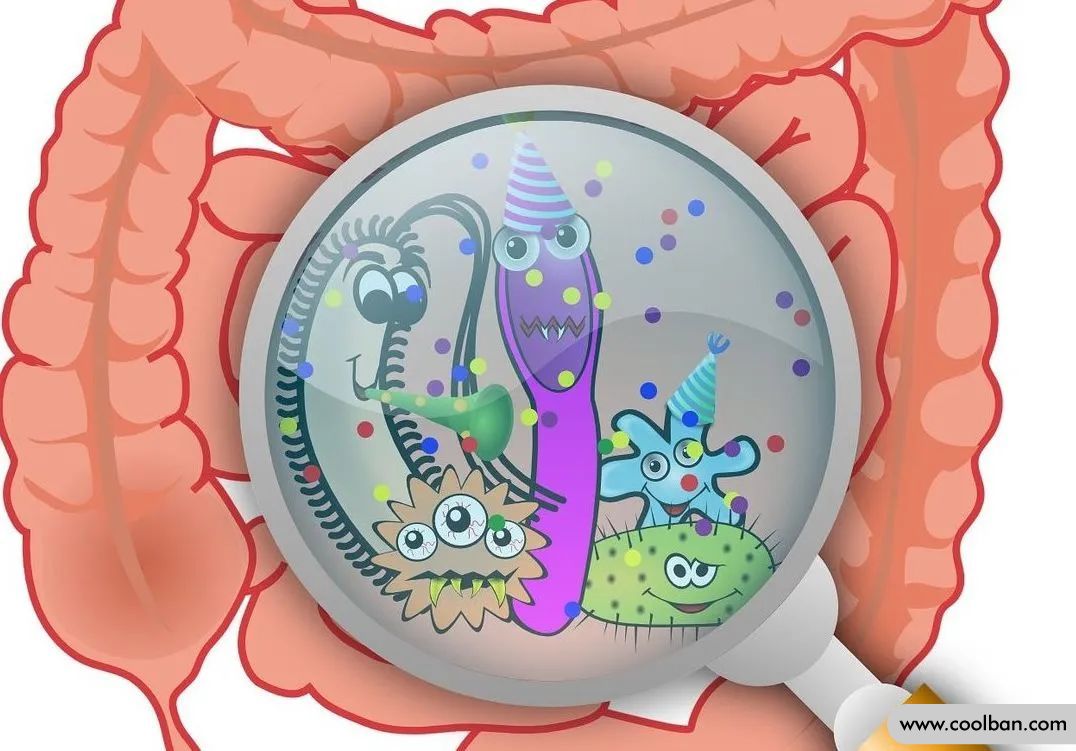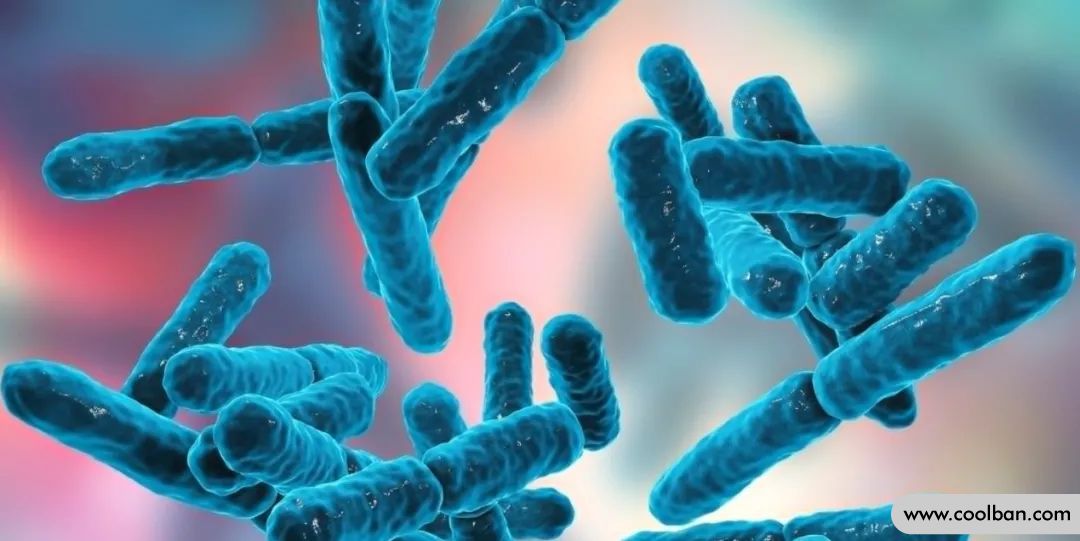How to help children's intestinal digestion?
2022-06-22
The gut, known as the "second brain", is not only the main site for food digestion and absorption, but also one of our most important immune systems. Especially for children who are in the critical period of intestinal growth, the health of the intestine is directly related to the growth and development of children, so the focus should be focused. Why do you say that?
That's because, after the child is born, the inherent physiological functions have been basically established. For example, the child's stomach can secrete pepsin and store gastric juice. For example, the child's intestine has the function of absorbing nutrients. It's there from birth.
But there's one thing that's crucial to digestion that's not re-established until after the baby is born: the gut microbiome. If the intestines are not happy, it will be more difficult for children to grow and explore freely. In the critical period of intestinal growth, how can we make children digest well and thrive? Today, I will talk to you about this issue from what is intestinal flora and how to establish intestinal flora.
01. What is the intestinal flora?
Intestinal flora, also known as gut microbes, is a general term for microorganisms living in the gut. However, don't underestimate the gut microbes, their existence can be said to greatly exceed people's expectations.
For a simple comparison, the number of cells in our human body is about 40-60 trillion, while the number of gut microbes is as high as one million to one trillion; our human body has dozens of cell types, and the intestinal flora There are thousands of species.

Looking at it this way, is this a human or the base of the intestinal flora?
In fact, after countless years of evolutionary adaptation, the intestinal flora has become an inseparable part of the human body, and they play an irreplaceable role in the human body.
However, these flora are not innate.
02. How is the intestinal flora established?
The child is basically sterile in the mother's body. Only after birth, it comes to this world full of microorganisms. There are microorganisms in the air that the child breathes, microorganisms in the water that the child drinks, and microorganisms in the food that the child eats. There are also microorganisms in the clothes of the child, so these microorganisms also began to colonize the child's body.
However, it is not so easy to come to the intestinal tract in the body, but the human body has immunity.
Here we take Bacillus coagulans as an example to understand the colonization journey of gut microbes.
Bacillus coagulans is a spore-producing rod-shaped bacterium that is essentially a member of the Lactobacillus genus. This bacteria was first isolated by scientists in the middle of the last century, and it is itself a component of our intestinal flora and is widely distributed in nature.
When children come into contact with food and water, Bacillus coagulans also enters the body along with them.

The first thing they have to contact is the mouth and esophagus. However, before that, they often have to go through the first test of temperature. After all, many times our food will be heated, such as steaming, frying, and so on.
While Bacillus coagulans can tolerate higher temperatures, the study found that Bacillus coagulans did not significantly reduce the number of viable cells when Bacillus coagulans were heated in saline at 85°C for 30 minutes. This ensures that Bacillus coagulans can withstand higher temperatures without being inactivated, so that it can enter the human body.
Of course, not only high temperature, but also normal temperature is also a test. Many microorganisms can only be well preserved at low temperature. Once the temperature rises, even at normal temperature, they will die quickly. Therefore, this is also a major advantage of Bacillus coagulans, that is, it can exist stably at room temperature.
However, next, it is a very difficult test, because stomach acid comes.

There is very strong gastric acid in our stomach, and the pH value can reach about 2-3. Under this strong acid condition, many organisms are directly destroyed by the acid.
So can Bacillus coagulans survive it? The answer is yes. The study found that Bacillus coagulans can survive stably for more than 3 hours in artificial gastric juice of pH2.
Next, after passing through the stomach, it comes to the intestinal tract. At this time, it depends on whether Bacillus coagulans can form a dominant flora and survive. The answer is also possible.
The intestinal flora of Bacillus coagulans can successfully pass the test of high temperature and pH, and finally enter the intestinal tract and maintain the intestinal condition of the human body.
This is the meaning of the intestinal flora. As a member of the intestinal flora, Bacillus coagulans, as well as other intestinal flora, can withstand the test of gastric acid and high temperature, and finally plant in the intestinal tract and become part of the human body , exert a beneficial effect on the human body.
03, probiotics
Based on this, the researchers invented a new term to define these intestinal flora, that is: probiotics.
As the name suggests, it is the bacteria that are beneficial to human health.
The name is very flattering, that is, it must be beneficial to the human body, so not all intestinal flora are probiotics, such as Escherichia coli is also intestinal flora, but intake will be harmful, naturally it does not belong to probiotics. Bacillus coagulans is a probiotic.
There are already many snacks and healthy foods that contain probiotics. You can try to choose some similar products.
Parents are very concerned about the health of their children, and for the critical period of intestinal function establishment, the intestinal flora is the top priority, which is related to the children's digestion and health problems.
Parents should make a balanced diet and let their children try not to be picky eaters, so that the intestinal flora can be successfully established
That's because, after the child is born, the inherent physiological functions have been basically established. For example, the child's stomach can secrete pepsin and store gastric juice. For example, the child's intestine has the function of absorbing nutrients. It's there from birth.
But there's one thing that's crucial to digestion that's not re-established until after the baby is born: the gut microbiome. If the intestines are not happy, it will be more difficult for children to grow and explore freely. In the critical period of intestinal growth, how can we make children digest well and thrive? Today, I will talk to you about this issue from what is intestinal flora and how to establish intestinal flora.
01. What is the intestinal flora?
Intestinal flora, also known as gut microbes, is a general term for microorganisms living in the gut. However, don't underestimate the gut microbes, their existence can be said to greatly exceed people's expectations.
For a simple comparison, the number of cells in our human body is about 40-60 trillion, while the number of gut microbes is as high as one million to one trillion; our human body has dozens of cell types, and the intestinal flora There are thousands of species.

Looking at it this way, is this a human or the base of the intestinal flora?
In fact, after countless years of evolutionary adaptation, the intestinal flora has become an inseparable part of the human body, and they play an irreplaceable role in the human body.
However, these flora are not innate.
02. How is the intestinal flora established?
The child is basically sterile in the mother's body. Only after birth, it comes to this world full of microorganisms. There are microorganisms in the air that the child breathes, microorganisms in the water that the child drinks, and microorganisms in the food that the child eats. There are also microorganisms in the clothes of the child, so these microorganisms also began to colonize the child's body.
However, it is not so easy to come to the intestinal tract in the body, but the human body has immunity.
Here we take Bacillus coagulans as an example to understand the colonization journey of gut microbes.
Bacillus coagulans is a spore-producing rod-shaped bacterium that is essentially a member of the Lactobacillus genus. This bacteria was first isolated by scientists in the middle of the last century, and it is itself a component of our intestinal flora and is widely distributed in nature.
When children come into contact with food and water, Bacillus coagulans also enters the body along with them.

The first thing they have to contact is the mouth and esophagus. However, before that, they often have to go through the first test of temperature. After all, many times our food will be heated, such as steaming, frying, and so on.
While Bacillus coagulans can tolerate higher temperatures, the study found that Bacillus coagulans did not significantly reduce the number of viable cells when Bacillus coagulans were heated in saline at 85°C for 30 minutes. This ensures that Bacillus coagulans can withstand higher temperatures without being inactivated, so that it can enter the human body.
Of course, not only high temperature, but also normal temperature is also a test. Many microorganisms can only be well preserved at low temperature. Once the temperature rises, even at normal temperature, they will die quickly. Therefore, this is also a major advantage of Bacillus coagulans, that is, it can exist stably at room temperature.
However, next, it is a very difficult test, because stomach acid comes.

There is very strong gastric acid in our stomach, and the pH value can reach about 2-3. Under this strong acid condition, many organisms are directly destroyed by the acid.
So can Bacillus coagulans survive it? The answer is yes. The study found that Bacillus coagulans can survive stably for more than 3 hours in artificial gastric juice of pH2.
Next, after passing through the stomach, it comes to the intestinal tract. At this time, it depends on whether Bacillus coagulans can form a dominant flora and survive. The answer is also possible.
The intestinal flora of Bacillus coagulans can successfully pass the test of high temperature and pH, and finally enter the intestinal tract and maintain the intestinal condition of the human body.
This is the meaning of the intestinal flora. As a member of the intestinal flora, Bacillus coagulans, as well as other intestinal flora, can withstand the test of gastric acid and high temperature, and finally plant in the intestinal tract and become part of the human body , exert a beneficial effect on the human body.
03, probiotics
Based on this, the researchers invented a new term to define these intestinal flora, that is: probiotics.
As the name suggests, it is the bacteria that are beneficial to human health.
The name is very flattering, that is, it must be beneficial to the human body, so not all intestinal flora are probiotics, such as Escherichia coli is also intestinal flora, but intake will be harmful, naturally it does not belong to probiotics. Bacillus coagulans is a probiotic.
There are already many snacks and healthy foods that contain probiotics. You can try to choose some similar products.
Parents are very concerned about the health of their children, and for the critical period of intestinal function establishment, the intestinal flora is the top priority, which is related to the children's digestion and health problems.
Parents should make a balanced diet and let their children try not to be picky eaters, so that the intestinal flora can be successfully established
